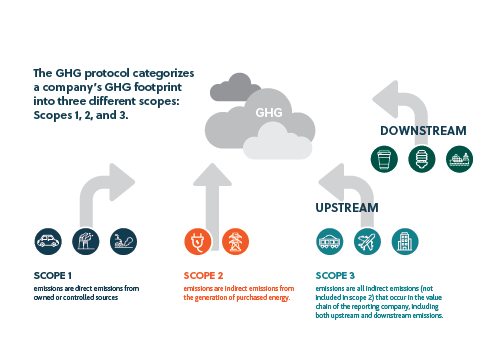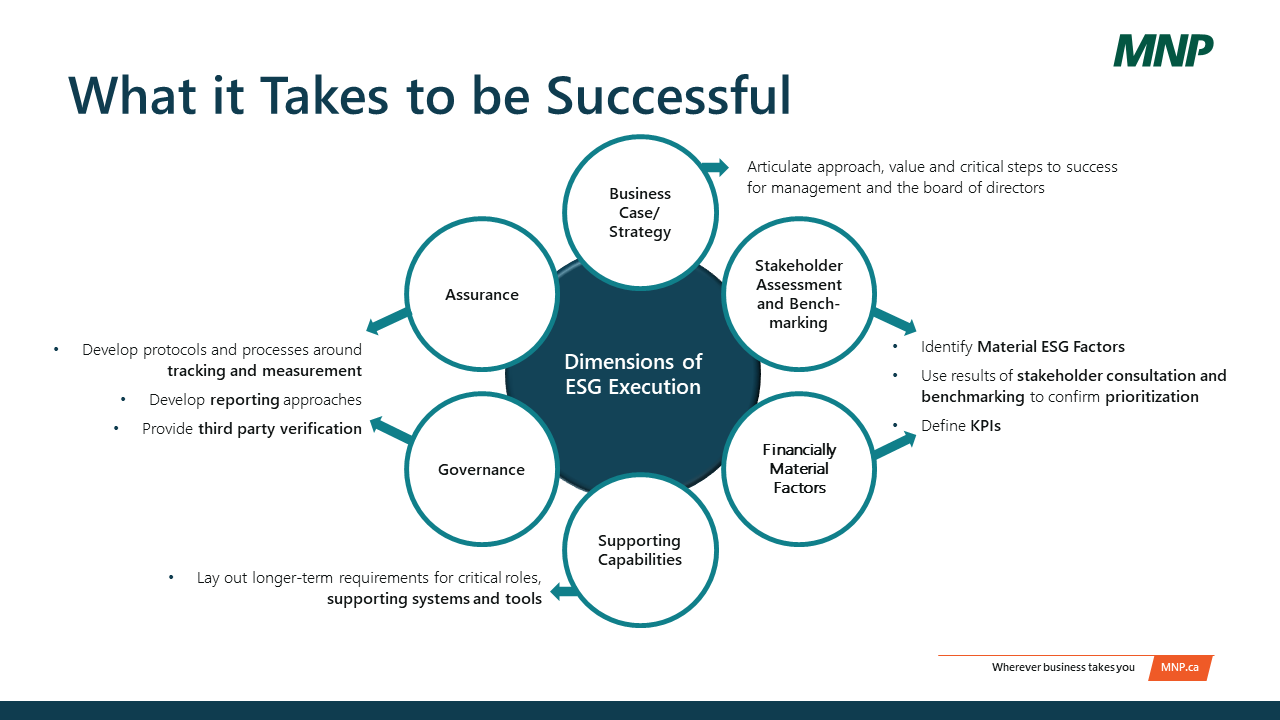We’ve passed the tipping point with environmental, social and governance (ESG): it’s everywhere and it’s a global reality. Communities, governments, and customers in every market are paying attention to ESG, and this attention is magnified by the media while homed in on by investors.
The European Union’s Sustainable Finance Disclosure Regulation (SFDR) came into force on March 10, 2021. SFDR requires all financial market participants in the EU to disclose ESG issues, with additional requirements for products that have sustainable investment objectives. This regulation aims to increase transparency and make it easier for investors to understand how ESG and sustainability factor into their investments. Five days later, the U.S. Securities and Exchange Commission (SEC) stated “its most fundamental role, with respect to climate and ESG is the provision of information – helping to ensure material information gets into the markets in a timely manner.”
Mandatory disclosure on ESG factors is on the horizon and industries such as mining or oil and gas are under a microscope, dealing with increasingly well-informed customers and regulators. Many players in these sectors have made significant investments in emissions reductions, supply chain integrity, employee safety and land reclamation, and with regulations bound to become stricter, it’s imperative they communicate their objectives and accomplishments.
Organizations that are sincerely trying to transition to low energy and low emission business models will find themselves in a better position to deal with changing opinions and regulations, and will be able to attract investors more easily.
But there are situations in which the objective of affecting positive global change is being undermined.
When it comes to greenhouse gas (GHG) emissions, there is a protocol for categorizing them into three scopes, shown below. Let’s say mining Company X has evaluated their operating portfolio and identified within Scope 1 an asset with particularly high emissions. This asset could be a copper mine, a thermal coal operation, a cement plant or any other entity that generates a significant amount of GHG including from within upstream and downstream operations. In an attempt to win favor with investors, bankers and other stakeholders, they might consider carving out the asset and selling it to another operator.
GHG footprint: Category definitions

The problem is the strategy amounts to a zero-sum game: it will have a no net impact on global compact goals including the United Nation’s Sustainable Development Goals. Investors may recognize the decreased risk associated with the organization, but they will also know that the company has not contributed to the larger goal of reducing GHG emissions.
So, how might Company X really move the dial on sustainability? It would need to look at its strategy and culture — how it does business — and undertake a comprehensive set of actions.
An important first step would be to identify which of the ESG factors would make a material difference to the company’s near- and longer-term success. Management would need to think about how it might reduce GHG emissions across all three scopes and consider other environmental issues such as water usage or biodiversity management. It would then consider social and governance issues such as employee safety, responsible taxes, diversity, equity and inclusion (DE&I), or pay equity.
Management and the board ought to come to a consensus on which of these factors would make a difference to their ability to achieve their strategic business goals? It is only those that would be designated as ‘financially material.’
These chosen financially material factors then should be discussed with stakeholders, ranging from government regulators, industry specialists, communities, and customers among others, to ensure they are important and relevant. The company then needs to compare its view of financially material factors to those perceived by stakeholders. Where there is misalignment there is missed opportunity. Why work on something that nobody cares about? What if the company overlooked a critical ESG factor of interest to important stakeholders? Alignment is key.
Mechanisms to continue to engage with these stakeholders would have to be put in place.

What it Takes to be Successful Infographic
Closing the gap
Once the initial data has been compiled, the company’s board and executive can determine gaps between current ESG performance, future goals and the metrics needed to track performance. Benchmarking the company’s goals against high-performing organizations can be useful to determine the metrics and stay on track. This also would be the time to determine the frameworks and standards that should be deployed and to have good reasons for choices made.
Culture is the force that defines how things get done, and if the company makes a commitment to doing things about ESG issues, its culture will likely need to shift. The following are things to ask when charting an effective, sustainable ESG course.
- To what degree would the mindsets and behaviours of the board, management and employees need to change to accomplish the goals that have been defined?
- What would management want to tell its employees, suppliers and customers about what Company X is doing differently and why?
- Who will be accountable for driving the change to get to a desired state?
- Are the technical skills in place to design and execute the programs that will make a difference?
- If DE&I is a priority, is there a comprehensive fact base identifying the most significant problems and who they impact, and a roadmap to address these problems?
- How will data be gathered to track the metrics that have been set? Where will it be stored? Who will have access to it? How will it be reported?
True business transformation
A major stumbling block to realizing a strong ESG program is equating the considerations with compliance-oriented conversations and activities, in particular, environmental compliance (especially GHG emissions). Compliance is critical, of course, but ESG is far more complex. ESG cannot simply be about messaging but must be backed by material action to demonstrate commitment.
At its core, pursuing ESG excellence is about business strategy, culture and organizational effectiveness. It is about changing what is being done and how it is being done. This is business transformation, leading to new and innovative ways to create products and offer services, and it goes well beyond environmental compliance.
To learn more about how to implement a sustainable ESG strategy contact Mary Larson, Partner, Consulting at [email protected]






